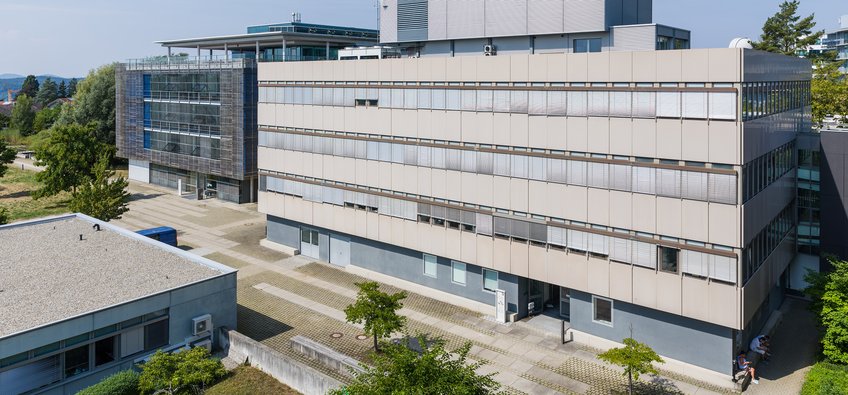
Friedrich Miescher Laboratory of the Max Planck Society
The Friedrich Miescher Laboratory (FML) was established by the Max Planck Society in 1969 to support young scientists. It offers outstanding young researchers the opportunity, over a period of several years, to set up a research group, follow their own research ideas and start an independent career. The scientists in the individual groups share the laboratory equipment and jointly undertake the organisation of the laboratory. The research topics at the FML are diverse, and change with the appointment of new group leaders. The four research groups currently working at the FML want to understand how genetic information is stored on the DNA and how it is reliably inherited. The FML is part of the Max Planck Campus in Tübingen and there are close ties with the neighbouring Max Planck Institute for Biology Tübingen and Max Planck Institute Biological Cybernetics.
Contact
Max-Planck-Ring 972076 Tübingen
Phone: +49 7071 601-800
Fax: +49 7071 601-801
PhD opportunities
This institute has an International Max Planck Research School (IMPRS):
IMPRS "From Molecules to Organisms"The Friedrich Miescher Laboratory is an integral part of the International Max Planck Research School of the MPI for Biology Tübingen.



